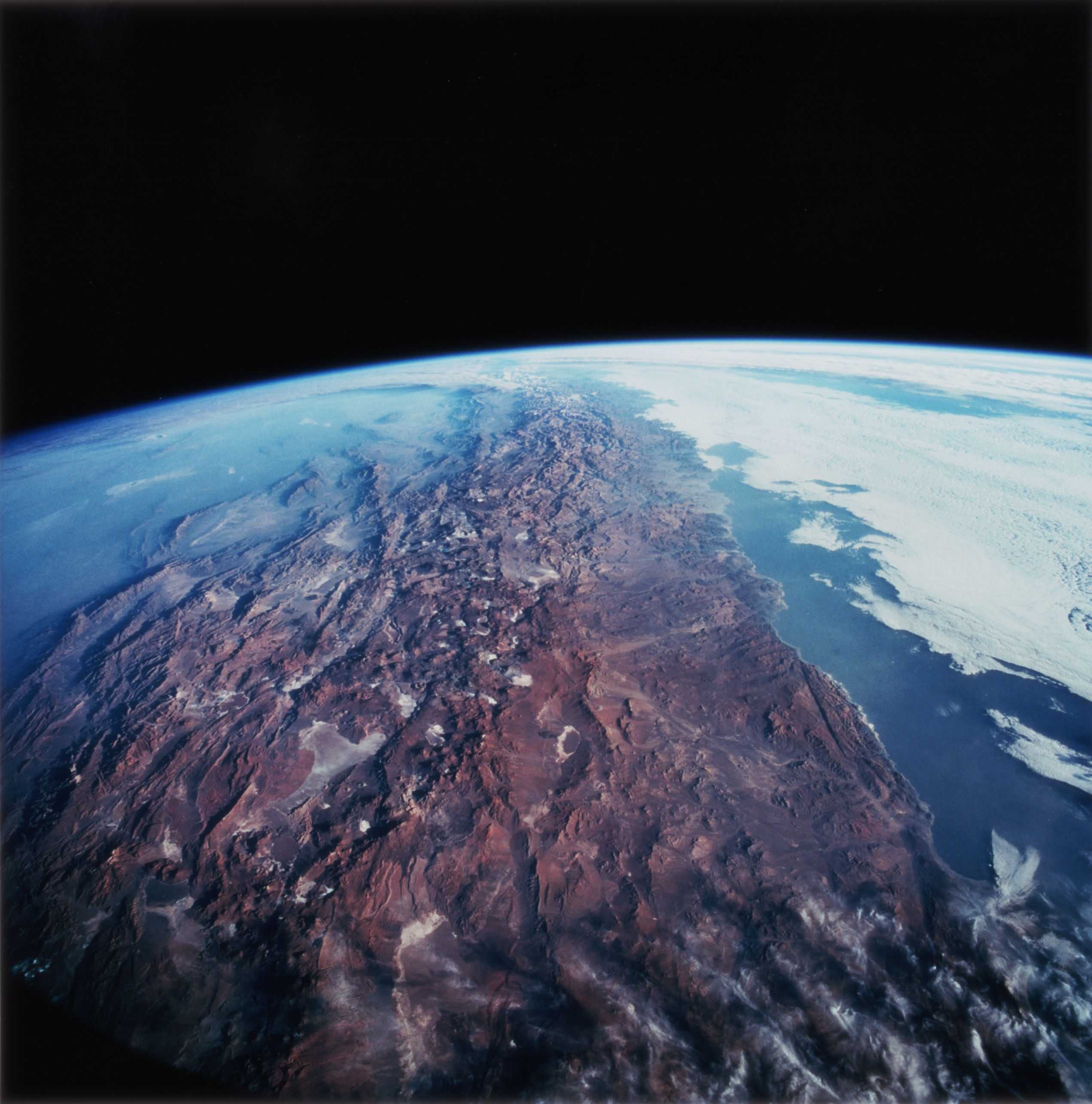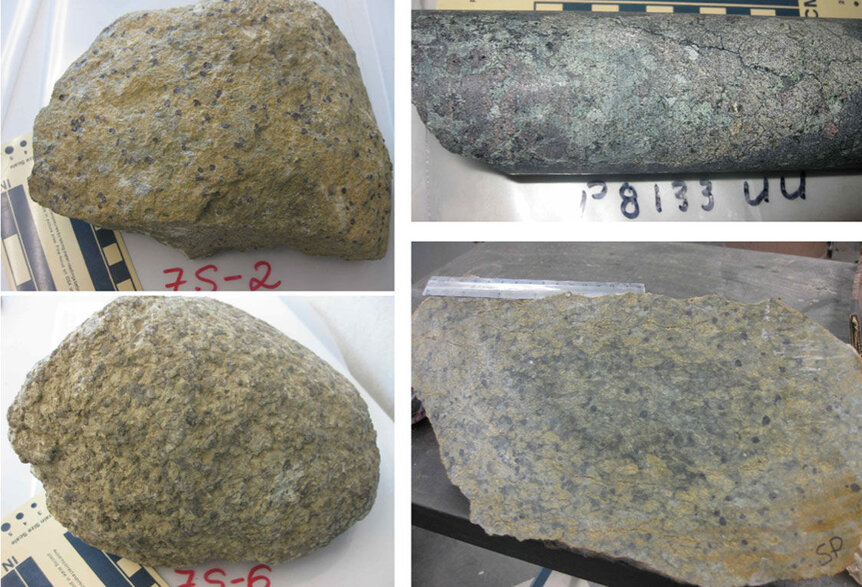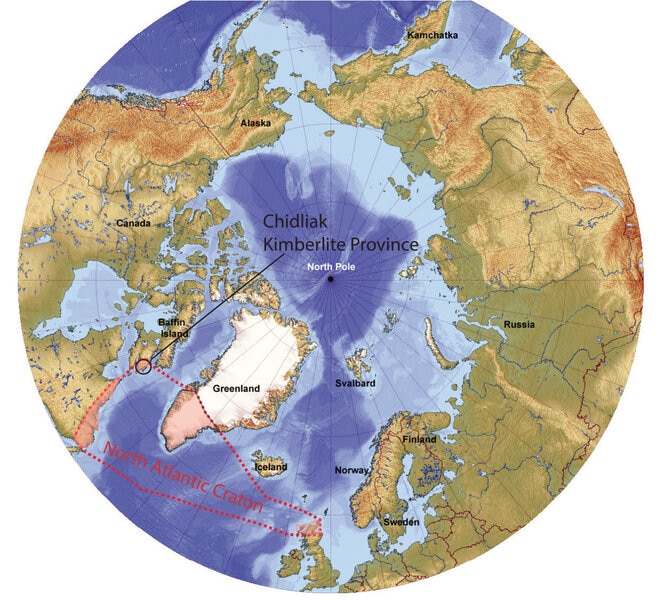Create a free profile to get unlimited access to exclusive videos, sweepstakes, and more!
Ah, there it is: Geologists accidentally discover pieces of a continent that vanished 150 million years ago

Journey to the Center of the Earth will never really happen. There are no mammoth mushrooms or flesh-eating dimetrodons underground, but you never know what might be lurking beneath your feet.
We’ve seen subterranean mountains and even cities before, but think deeper. University of British Columbia geologist Maya Kopylova and her research team have discovered an ancient continent deep in Earth’s mantle — one that had been buried and lost to time since the first Archaeopteryx took to the skies.
The existence of a 150 million-year-old continent was an accidental discovery revealed by igneous rocks that surfaced in a diamond mine in southern Baffin Island, located in the northern part of Canada. Koplova's team felt the missing puzzle piece had to be somewhere, but they were unsure if it was actually waiting to be found deep beneath the crust, and if so, where it was. Talk about unearthing something far more valuable than diamonds.
Geologists have never before been able to find a missing piece of continent hiding that deep — or one that goes so far back into Earth’s evolution.
“The discovery changes two things about the way we envision ancient Earth,” Koplova, who recently published a study in Journal of Petrology, tells SYFY WIRE. “It enables us to more accurately reconstruct the shape of the North Atlantic continent, and also lets us use compositions of rocks at over 120 miles beneath the surface to figure out the shapes of ancient continents that were once on the surface.”
Those igneous rocks that gave up the secret were kimberlites, which were once an ooze of molten magma. Kimberlites that are dug up sometimes bring diamonds and other rocks with them as they travel to the surface. They are also time capsules that can tell scientists how Earth’s crust evolved.
What was so incredible about the kimberlites that emerged from Baffin Island was that they had the same mineral signature as other parts of North Atlantic craton. Cratons are huge underlying chunks of crust beneath continents. They stay mostly stable now because they’ve gone through a literal billion years of intense volcanic activity, earthquakes, and transformation by heat, pressure, and other factors.
Some cratons have survived long enough to still exist at the center of continental plates. The North American continental plate, which is above the North Atlantic craton, fragmented 150 million years ago. That plate now extends from northern Scotland through southern Greenland to the Canadian region of Labrador. The fragment that had disappeared for eons was identified through the kimberlites found by Koplova’s team. It was also easy to identify, because other surrounding cratons in Northern Canada have completely different mineral compositions than the North Atlantic craton. So what other relics of ancient Earth might be lying beneath the surface?
“We believe that information about volatiles in the interior of the Earth is also deep beneath the surface,” Koplova said. “Gaseous H2O and CO2 stream from the Earth’s core to the surface, and we know very little about these primordial gases. With time, our research will analyze the gases trapped in diamonds about 120-1,240 miles beneath the surface.”
At least analyzing rocks from almost unimaginable depths is much more realistic than an actual journey to the center of the Earth.




























